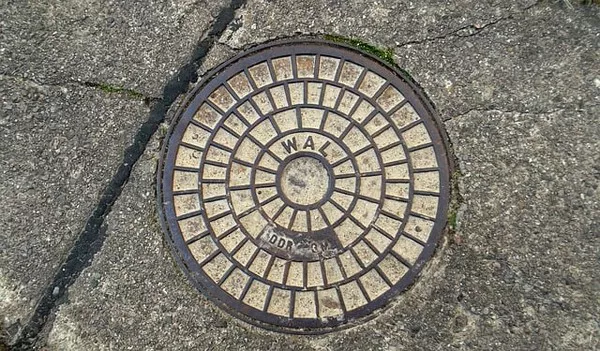The unmistakable and unpleasant odor of sewer gas emanating from toilets can be a cause of significant discomfort and concern for homeowners and businesses alike. This noxious smell, often resembling rotten eggs, is not only an olfactory nuisance but can also indicate potential plumbing issues that require immediate attention. Understanding the underlying causes of sewer gas odor from toilets is essential for both identifying and remedying the problem effectively.
The Composition of Sewer Gas
Sewer gas is a complex mixture of gases that can include hydrogen sulfide, methane, ammonia, carbon dioxide, and volatile organic compounds. The presence of hydrogen sulfide is particularly responsible for the distinctive rotten egg smell associated with sewer gas. This gas is generated through the decomposition of organic matter, such as sewage, within the plumbing system.
1. Inadequate or Improper Ventilation
One of the primary causes of sewer gas odor from toilets is inadequate or improper ventilation within the plumbing system. Plumbing systems are designed with vent pipes that extend from the plumbing network to the exterior of the building. These vent pipes serve a crucial role in allowing air to flow through the system, facilitating the movement of waste and preventing the buildup of pressure.
When ventilation is insufficient, negative pressure can develop within the plumbing system. This negative pressure can result in the siphoning of water from drain traps, which are designed to hold water and form a barrier that prevents sewer gas from entering the living space. Without water in the traps, sewer gas can easily flow back into the toilet and other fixtures, leading to the foul odor.
2. Damaged or Deteriorated Drain Traps
Drain traps, commonly referred to as P-traps, are curved pipes located beneath sinks and toilets. They are designed to hold a small amount of water that acts as a barrier, preventing sewer gas from rising into the living area. Over time, these traps can become damaged, cracked, or corroded, allowing the water to escape and creating a direct pathway for sewer gas to infiltrate the indoor environment.
3. Blocked Vent Pipes
While ventilation is essential for maintaining proper pressure within the plumbing system, vent pipes themselves can become obstructed, impeding the flow of air. Blockages can occur due to debris, animal nests, or even ice accumulation in colder climates. A blocked vent pipe can lead to a buildup of pressure within the plumbing system, forcing sewer gas to seek alternative escape routes, often resulting in unpleasant odors.
4. Dry P-Traps
In infrequently used bathrooms or fixtures, the water within the P-trap can evaporate over time, leaving the trap dry. A dry P-trap no longer serves its purpose as a barrier against sewer gas infiltration. To prevent this issue, it’s advisable to periodically run water in unused toilets and sinks to replenish the water in the traps and ensure their effectiveness in blocking sewer gas odors.
5. Inadequate Sewer Line Ventilation
Sewer line ventilation issues can also contribute to the escape of sewer gas odor from toilets. If the main sewer line or associated vent pipes are poorly designed, damaged, or improperly installed, they can hinder the flow of air, leading to negative pressure within the system. As a result, sewer gas can be forced back into the building through toilets and other fixtures.
6. Faulty Wax Ring Seals
Toilets are sealed to the floor with wax rings to prevent leaks and odors. Over time, these wax rings can deteriorate or become misaligned due to movement or improper installation. When the seal is compromised, sewer gas can seep out from beneath the toilet base and permeate the bathroom area.
7. Plumbing System Defects or Leaks
Leaks within the plumbing system, whether due to cracked pipes, loose connections, or deteriorated seals, can allow sewer gas to escape and permeate the indoor environment. Inspecting the entire plumbing system for leaks and promptly addressing any identified issues is crucial for maintaining a gas-tight system.
Conclusion
Sewer gas odor from toilets is not only a nuisance but also a potential indicator of more significant plumbing problems that require attention. Inadequate ventilation, damaged drain traps, blocked vent pipes, dry P-traps, insufficient sewer line ventilation, faulty wax ring seals, and plumbing system defects are all potential causes of this foul odor. Addressing these issues promptly through proper maintenance, repair, and, if necessary, seeking professional assistance can help eliminate sewer gas odors and ensure a safe and comfortable indoor environment. Regular inspection, preventive measures, and proper ventilation practices are key to maintaining a well-functioning plumbing system that keeps unpleasant sewer gas odors at bay.

